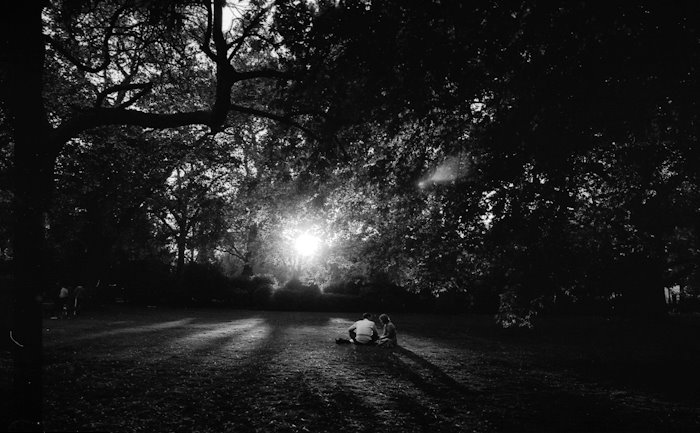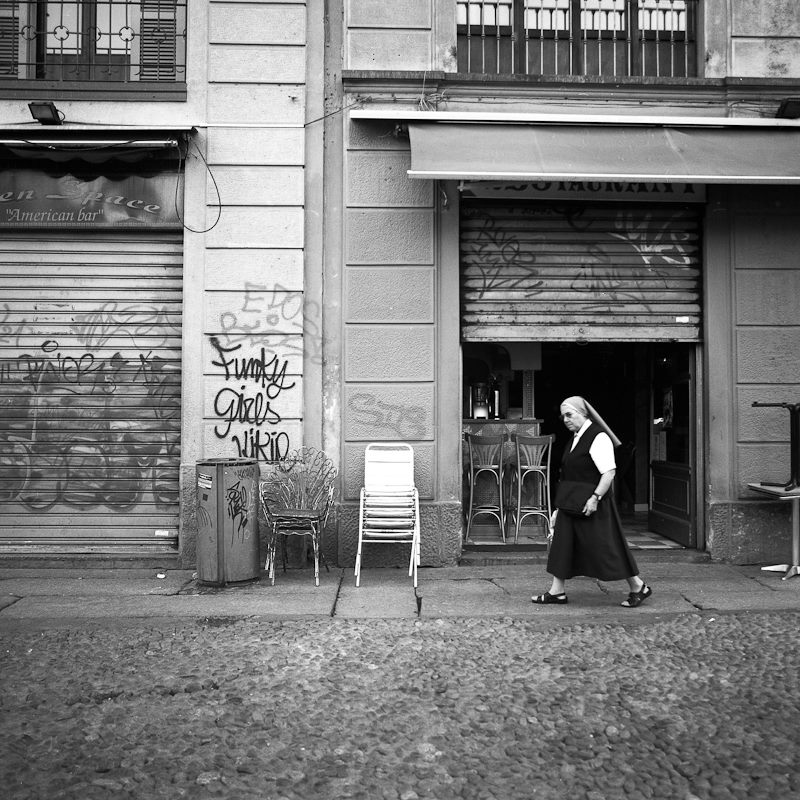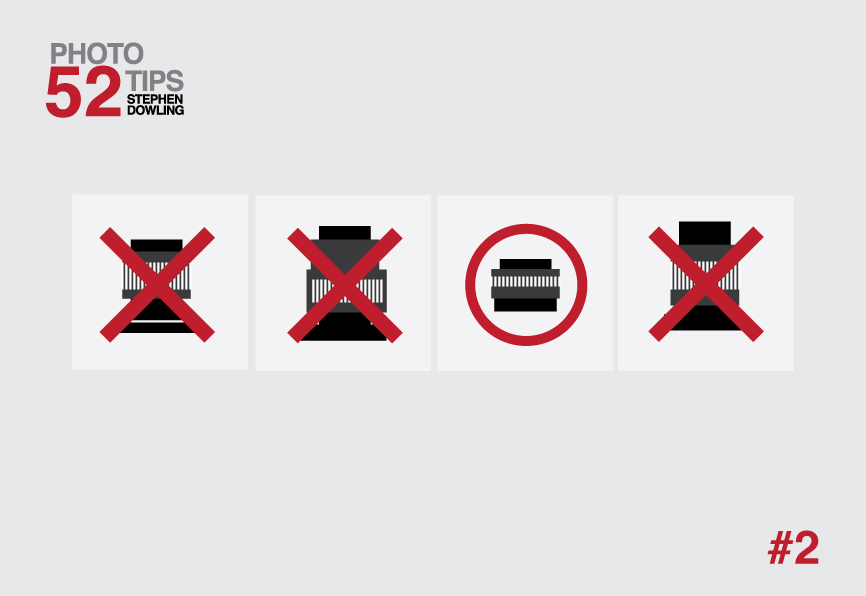
Zoom with your feet. It’s probably the best single piece of photographic advice you’ll ever receive, whether you should film or digital.
Photography courses and knowing camera shop staff the world over will tell you the same thing – ditch the zoom lens, and use one prime lens for a few months; which focal length you choose is your decision, but the best is a standard, somewhere between 45mm and 55mm. You don’t take it off your camera, and you learn to see the world through it.
I started learning photography properly 15 years ago, on a set-up that wouldn’t have been out of place in the 1960s; an SLR with a simple centre-weighted meter, and a 50mm lens. I didn’t even think about buying a portrait lens or a winde-angle for six months, until I went on an island hopping holiday in Greece. In those months I learned the limitations of that fixed view of the world, and that I had to move myself around to change the perspective.
It’s a learning process that countless photographers have learned over the years, especially decades back when camera gear was relatively more expensive to the average person.

There are very simple reasons why this set-up works. You learn to see differently, not only through the camera lens but outside of it, especially if you are using a standard lens. Just like writers who learn the discipline of writing a little every day, the shooting day in, day out with one lens gets you seeing the world through a familiar frame. Even with the camera away from your eye, you start seeing scenes unfold.
You travel light, no spare lenses to weigh you down. If the weather’s fine, you don’t even need a camera bag, just a jacket with pockets to stuff your film in.
And there’s another very good reason to keep to the one prime rule aswell; if you’re shooting on an all-manual camera, be aware that early zoom lenses were a far cry from the quality we see today. You had to spend a serious amount of money to get quality that came anywhere near close that of prime lenses. Better quality lenses means better quality pictures – and when you’re starting out you want anything that adds to your frustration kept to a minimum.

It also starts making you look for new vantage points – walking around a scene, closer, or further away, to find the right spot. All of that is adding to your toolkit, the experience you’ll bring to your photography in the years and decades to come.
The other good thing about this is that you don’t spend too much money on lenses early on – and that, ultimately, means more money to spend on film and processing!
Author Stephen Dowling – Zorkiphoto
More from the series: Don’t Spend Too Much
B&W Imagery: Charlie Abbiss







